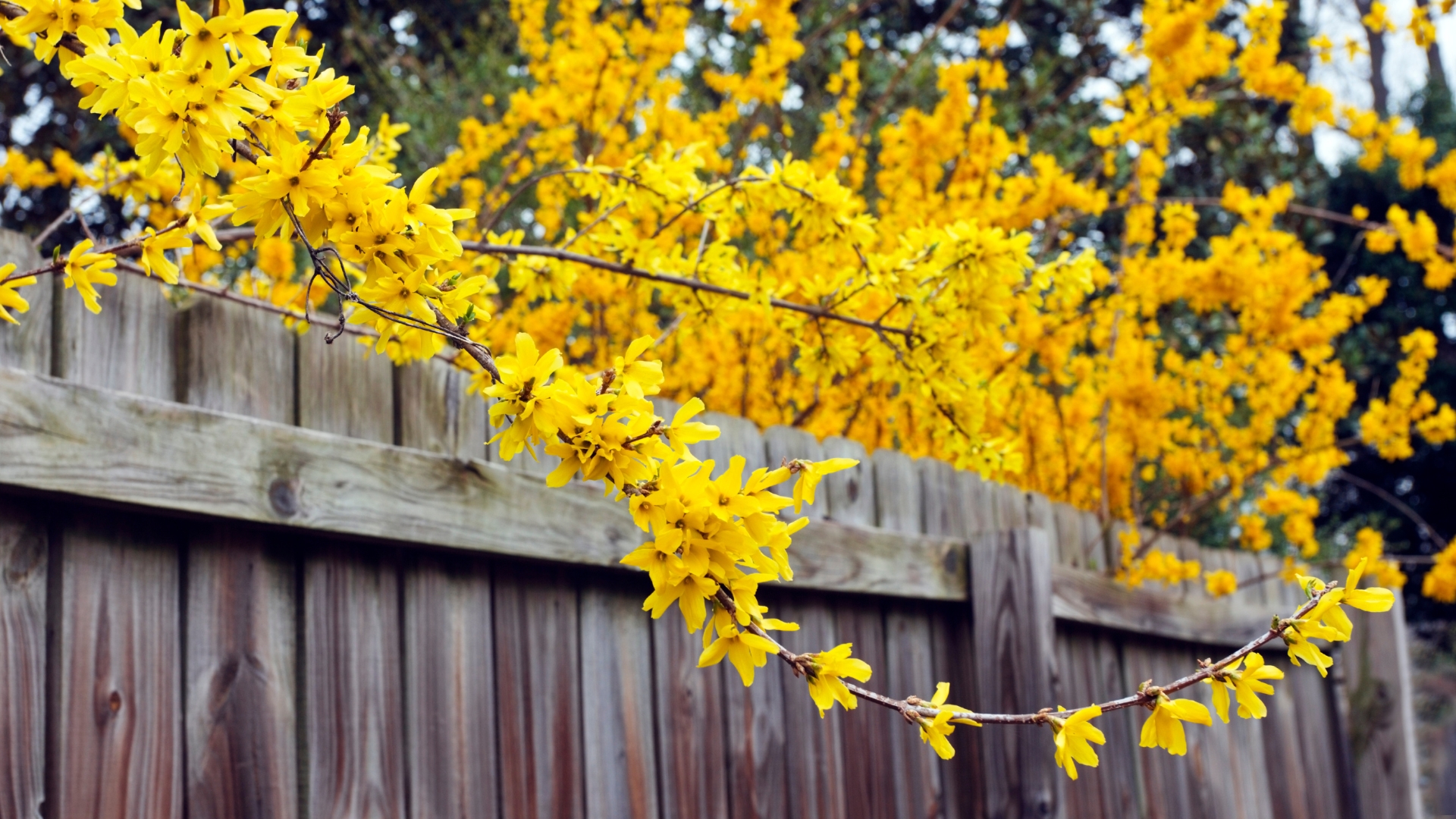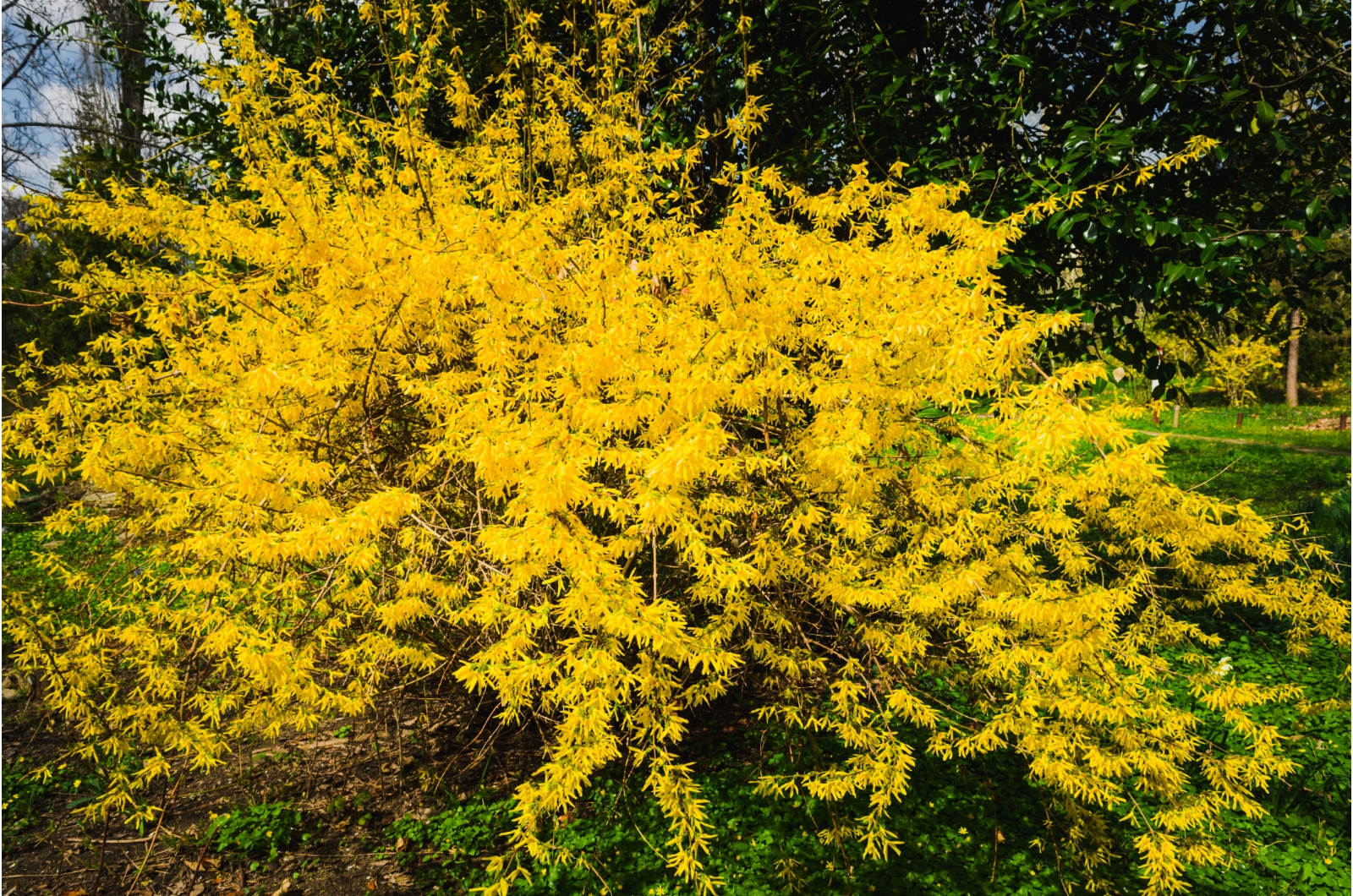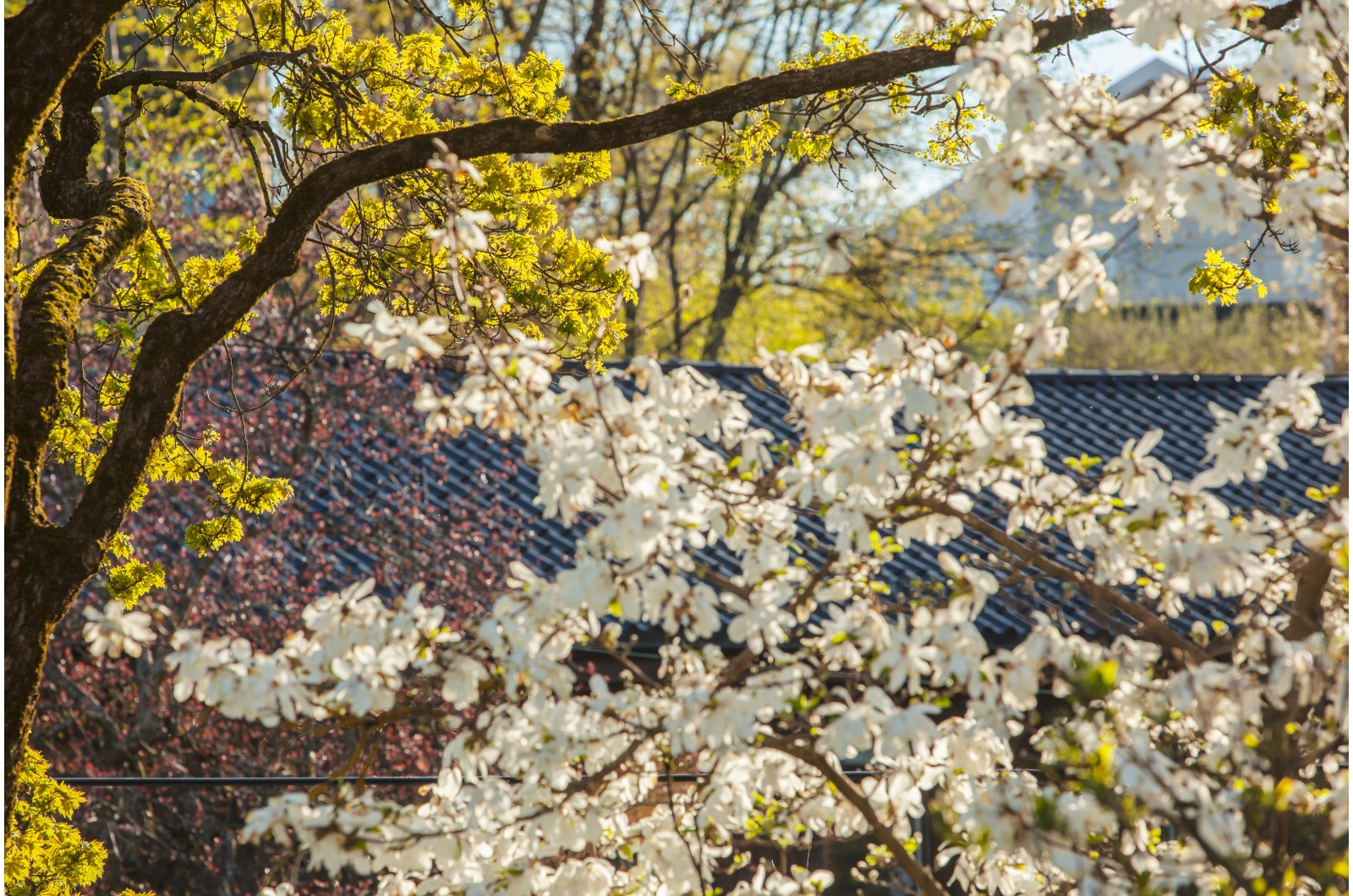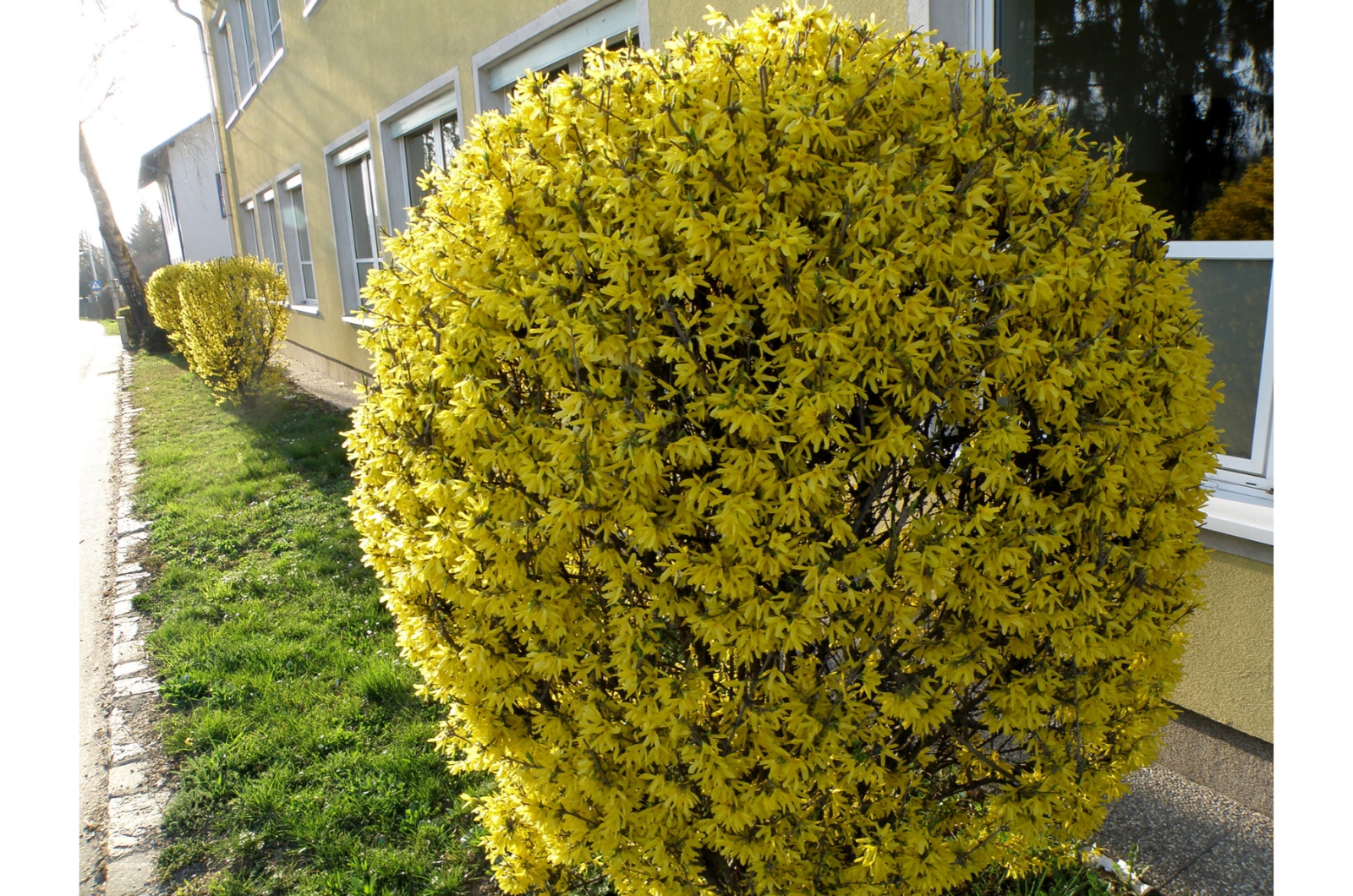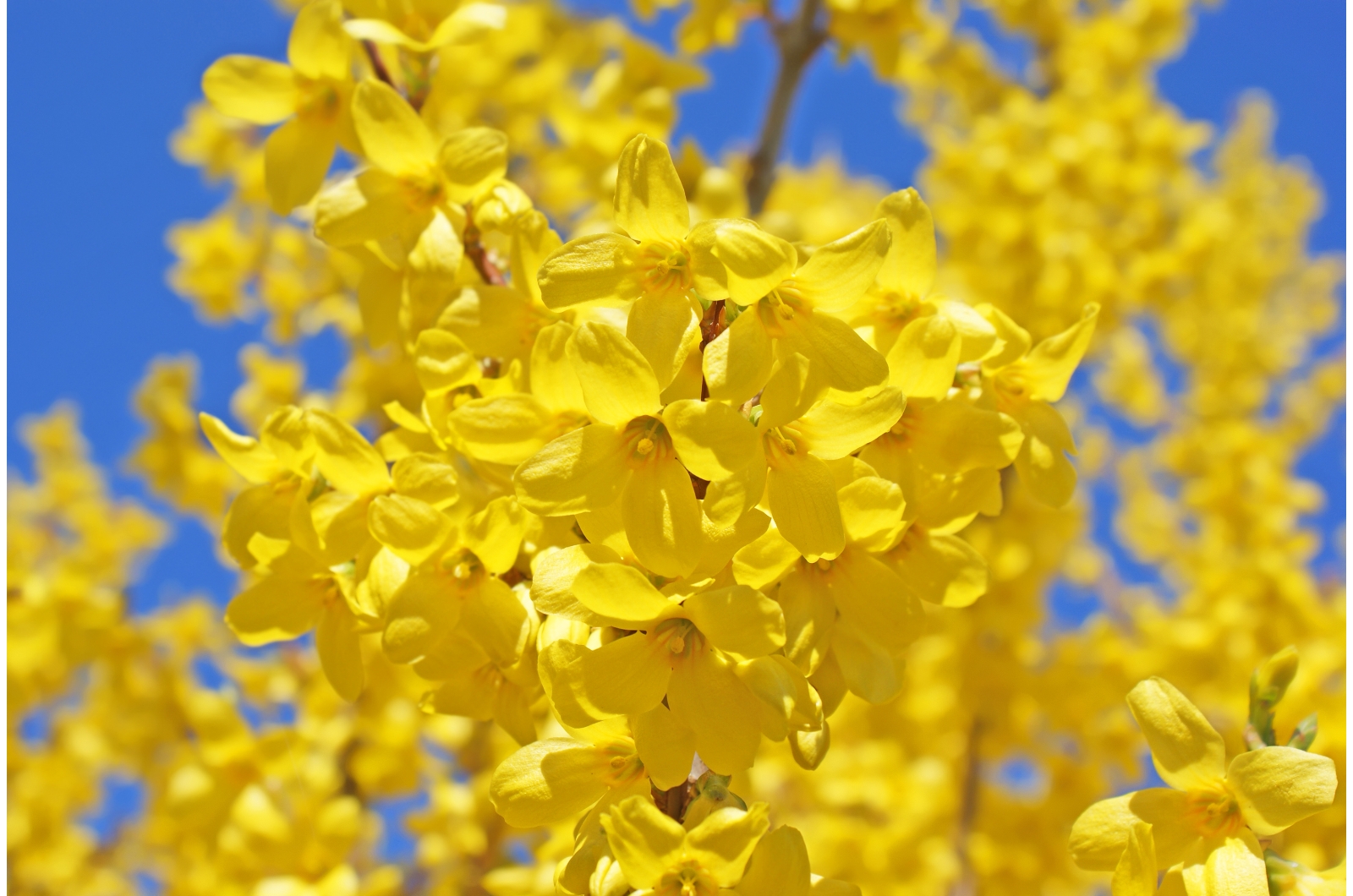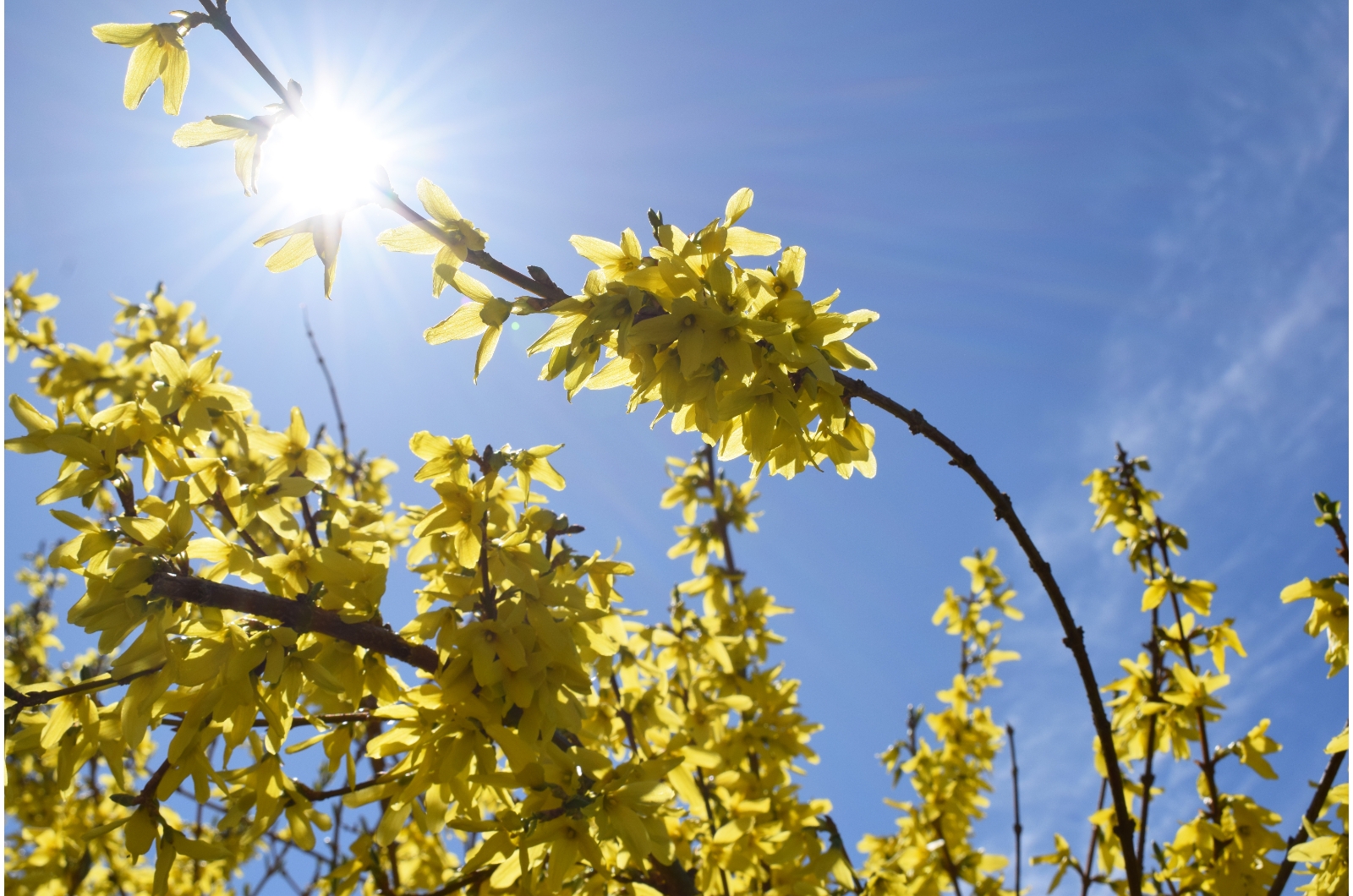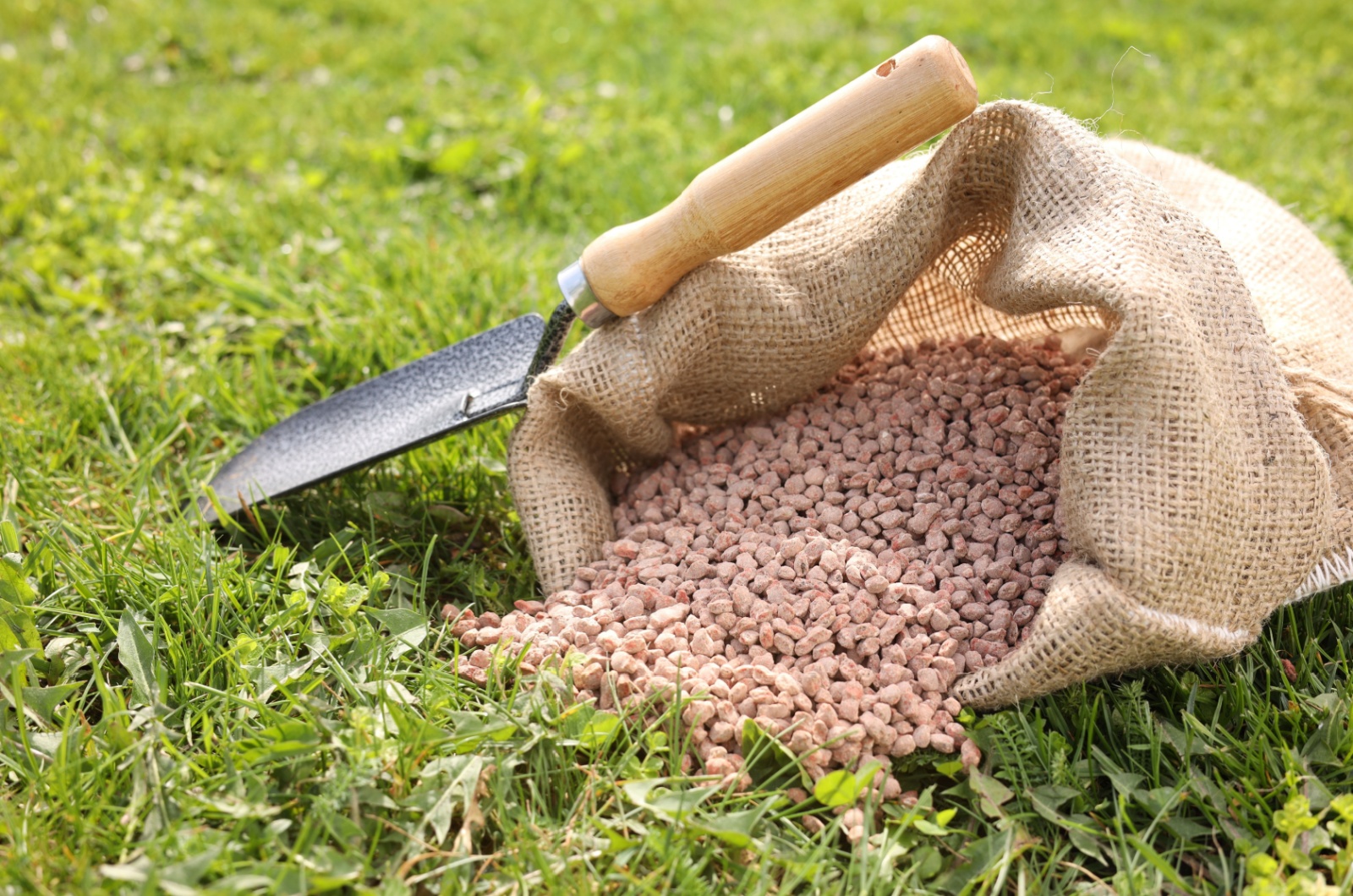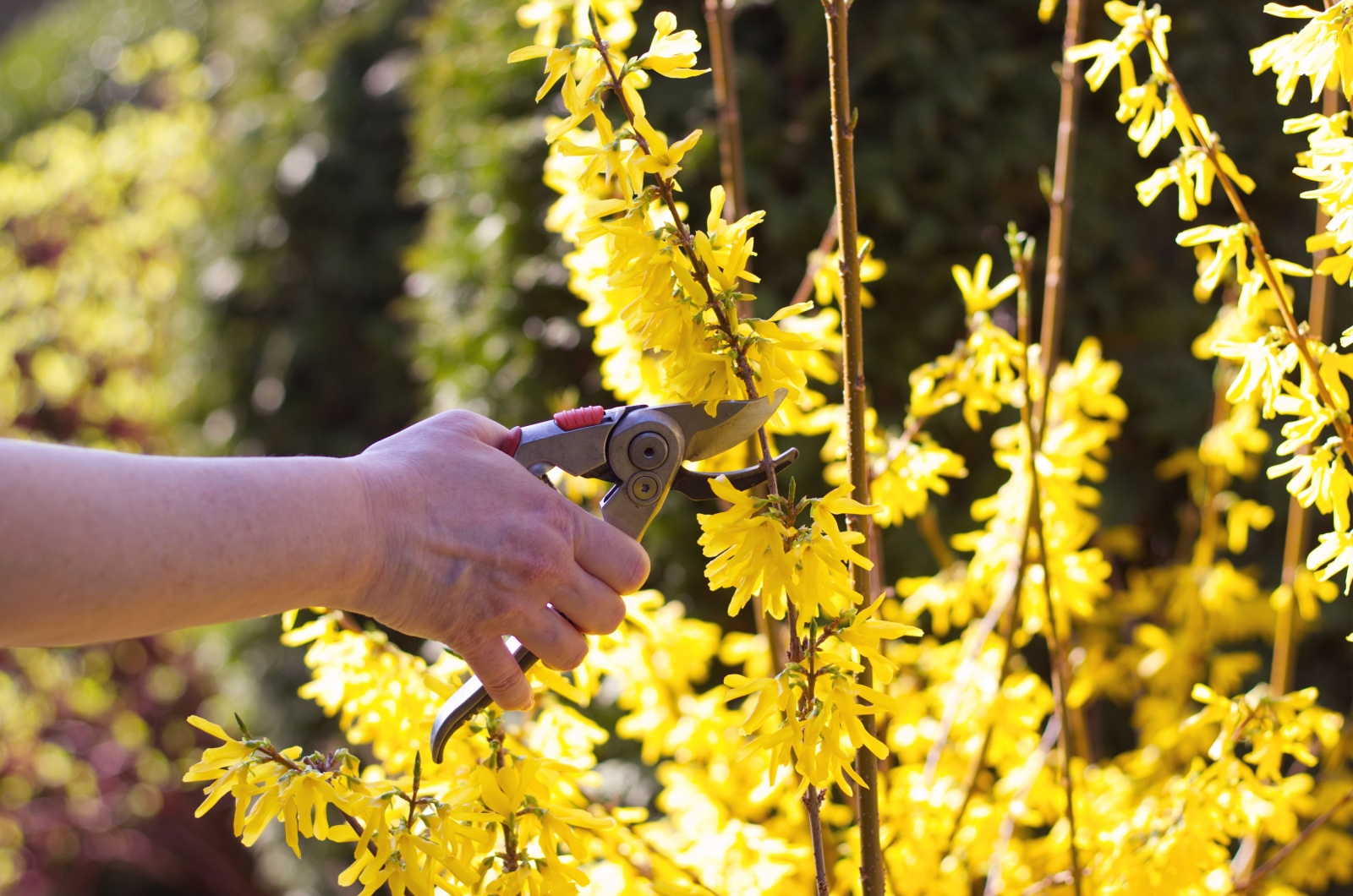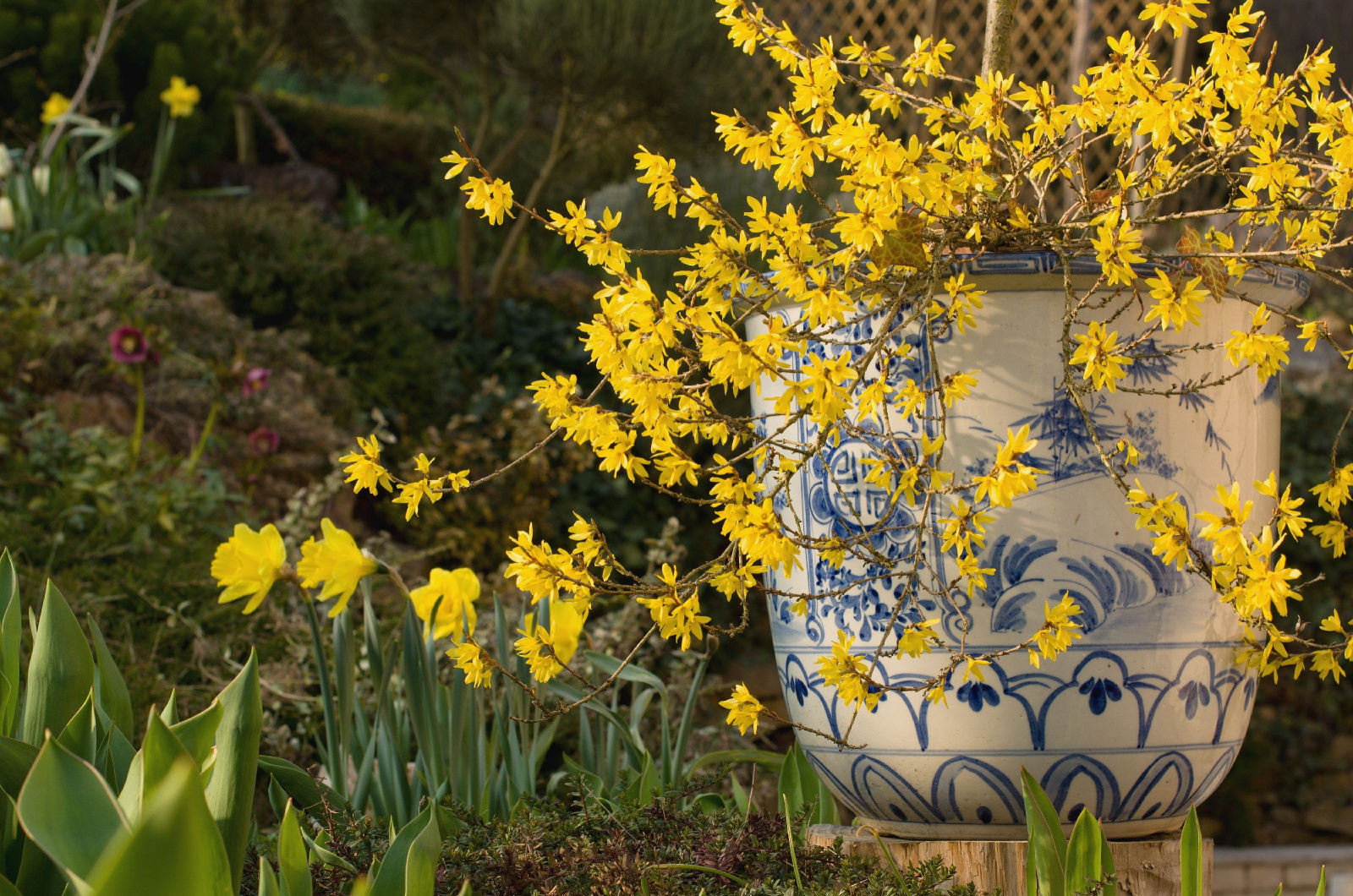When selecting a plant for their garden, many growers decide on low-growing flowering species, and shrubs aren’t typically the first choice.
Well, they do deserve our attention, and Forsythia plants are the best example. They display gorgeous golden blossoms in late winter and early spring, brightening up this pretty dull period.
But beauty isn’t the only thing Forsythias have to offer. It doesn’t need much to thrive and it can quickly adapt to various outdoor conditions. It’s a fast-growing deciduous shrub that’s frequently used for creating splendid hedges.
In this article, I’ll show you how to grow Forsythia, from selecting the best soil type to showing you which plants to combine with it for an even more wonderful display.
Let’s get started!
What You Need to Know About Growing Forsythia
There are some things to consider if you decide to grow this versatile shrub. The plant makes a perfect choice for USDA zones 5 through 8 and there are varieties that can thrive in zones 3 and 4.
It’s essential to select a Forsythia variety that can grow well in your particular region because some varieties may not withstand cold spells.
Forsythia may not have any special fragrance, but its golden blooms definitely deserve a spot in your garden. Once established, this deciduous shrub requires little maintenance, making it an excellent choice for beginner growers.
The hardest part of growing Forsythia plants is choosing the right location in your garden. There are varieties that can reach up to 8 feet so, if you decide on them, you need to select a spot near borders or use it in a hedge.
Forsythias can tolerate some shade but, if you want an abundance of blossoms, providing the plant with full sun is a must.
Apart from fewer blooms, your Forsythia could become leggy if it doesn’t receive enough light.
If you don’t have a lot of space in your garden, then you need to go with smaller Forsythia varieties. The spring Baby variety is the perfect choice for limited spaces because it doesn’t exceed 3 feet.
For larger yards, varieties such as Lynwood Gold are ideal because they can grow up to 10 feet tall.
Spring Planting Combinations to Try
Forsythias are early spring bloomers but the thing is that their blossoms typically don’t last more than 2 weeks. This is why it’s a good idea to combine Forsythia with other early-blooming flowering shrubs.
For instance, lovely golden blooms pair perfectly with cherry tree blossoms, so if you have a lot of space in your yard, this is a match made in heaven!
The white or pink blossoms of the magnolia species look amazing next to Forsythia. If you have limited space, go with smaller magnolias such as the Royal Star with its beautiful white star-shaped blooms.
You can also plant this species next to irises because these plants thrive in similar conditions and will give a special touch of beauty to your outdoor space.
The blooms of Forsythia may not last long but its gorgeous green foliage compensates perfectly. Your summer-blooming annuals and perennials will combine perfectly with these leaves.
Soil
One of the best things about Forsythia plants is that they can easily adapt to different soil types. However, you should avoid planting them in soils prone to waterlogging because it could severely affect the plant.
Plan on planting your Forsythia in early spring or mid-fall and add a layer of compost at the base of the plant. It will boost the nutrient levels in the soil and improve its water retention.
Watering Schedule
When it comes to irrigating Forsythias, the essential thing is to add water regularly after planting to help the plant establish a robust root system.
Once established, Forsythia plants don’t need much water except in the case of long drought periods in warmer climates.
Light Requirements
As mentioned, these shrubs perform best in sunny locations, so put your Forsythia in a spot that receives at least 6 hours of direct sunlight daily.
Also, be careful if you’re planting your Forsythias near taller species so that they don’t block the sun from reaching your plant.
Fertilizing
Another great thing about Forsythias is that they don’t need a lot of supplemental feeding. You can encourage more vigorous growth by feeding the shrub during the growing season, i.e., spring and summer.
A slow-release balanced fertilizer applied every 2-3 months will do wonders for your Forsythias.
Pruning
Forsythias are one of the plants you should never prune in the fall. Always wait until the blooming season ends before you cut the shrub.
The main reason is that the plant starts generating next year’s buds, so this is a perfect opportunity to encourage their further development.
Remember that these deciduous shrubs produce blooms on old wood, so pruning them in fall or summer could result in fewer blossoms the next season.
Growing Forsythias In Pots
If your garden is too small or you don’t have a spot available, you can grow your Forsythias in a container. In this case, it’s better to go with smaller varieties that you’ll keep in a compact shape by pruning them regularly.
You should know that potted Forsythias need more water, so make sure to check their soil regularly. Additionally, put the containers in a sunny spot to get the most out of your shrubs.
If you need a plant to brighten up your outdoor space, Forsythias will do the best job. Just make sure you follow our guidelines and meet all its requirements for an abundance of its gorgeous golden blossoms!

